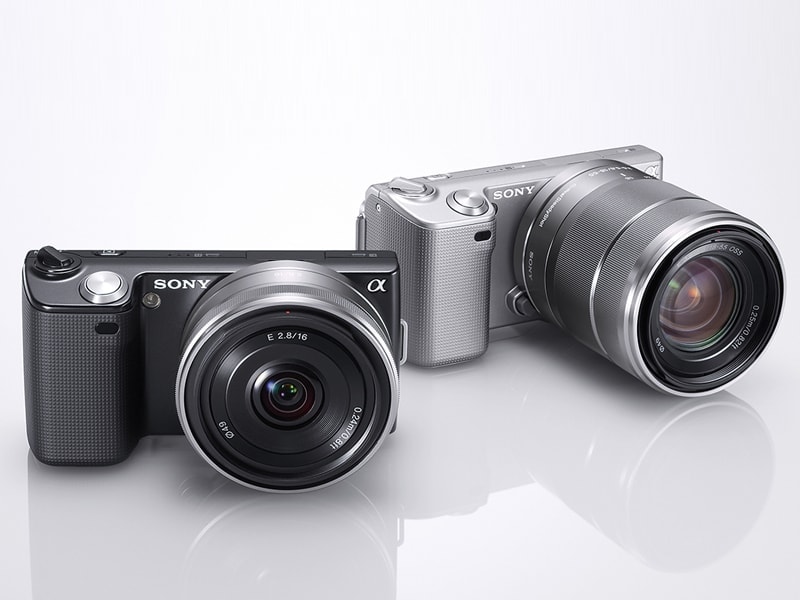Last week we talked about Micro Four Thirds cameras and, if you remember, we agreed that today I would present a selection of the best Micro Four Thirds cameras currently on the market, so let’s get to work.
Olympus E-PL1: Olympus’ latest Micro Four Thirds camera is this and therefore has all the functions of the above (E-P1 and E-P2): 12 megapixel resolution, body-integrated image stabilizer and high definition video recording (HD at 720p), but it also has its own built-in flash (the above do not) and the ability to remotely control another external flash without cables. It also stands out for the amount of post-production effects and artistic filters that will help you bring your photos to life without having to work on them later on your computer. | See how much Fnac costs.
- Panasonic DMC-G10: This is the latest model released by Panasonic so far in their Micro Four Thirds DMC line of cameras but at the same time it is one of their cheapest models.
- It stands out for its very light weight and its functions optimized for the novice user.
- If you’ve always taken pictures in automatic mode and have never tried manual mode.
- The Panasonic DMC-G10 could be a good start to learning how to use manual and semi-manual modes.
It has 12. 1 megapixels, 3 frames per second (photos per second), a 3-inch screen, an ISO range of up to 6400, high-definition video recording (HD 720p), and 27 preset scene modes. | Buy at Fnac.
As we said last week so far, only Panasonic and Olympus are the brands that offer Micro Four Thirds cameras, but there are models from other brands that are also very similar to Micro Four Thirds but which, for some details, are not considered as such. . , but their functions, features, size and operation are similar, I comment them here because they are very good options to consider.
Samsung NX10: This camera is the same as the Micro Four Thirds except that its sensor size is similar to that of the sensor in SLR cameras, which offers better photographic quality than the two models I mentioned above.
The camera is equipped with 14. 6 powerful megapixels, from an integrated image stabilization system, a 720p HD video recording, but as a possible drawback, we are presented with the theme of the lens, that is, that although Micro 4/3 cameras accept any lens. of that system (they are interchangeable regardless of the brand) the Samsung NX10 only accepts Samsung NX lenses or Carl Zeiss lenses with adapter, yet the sensor of this camera and the quality of its night photos make it worthy of a good rating on my part.
Sony NEX-5: We talked about this model on a previous occasion. Basically, the Sony NEX-5 (and Sony NEX-3) gives you 14. 2 megapixels, accepts SD cards and Memory Stick Pro Duo, captures up to 7 frames per second (7 photos per second), has a 3-inch screen and a 25-point autofocus. Its ISO range is from 100 to 12,800 (great) and it records videos in high definition (Full HD 1080i). The NEX-3 and NEX-5 look the same throughout, except that the NEX-5 records video in Full HD while the NEX-3 records it in normal HD (720p). Unlike the Micro 4/3, this camera only accepts Sony E lenses and Sony Alpha lenses with adapter. | Buy the Sony NEX-5 from Fnac and receive it for free.
With this we close this small folder on Micro Four Thirds cameras. Those who buy one will see that these cameras offer the possibility of shooting in both JPG and RAW modes. Next week I want to tell you a few things about RAW. I know some of you are scared and some of you haven’t even heard of it, but when you read next week’s post, will you have long teeth?
Until then, be good.

